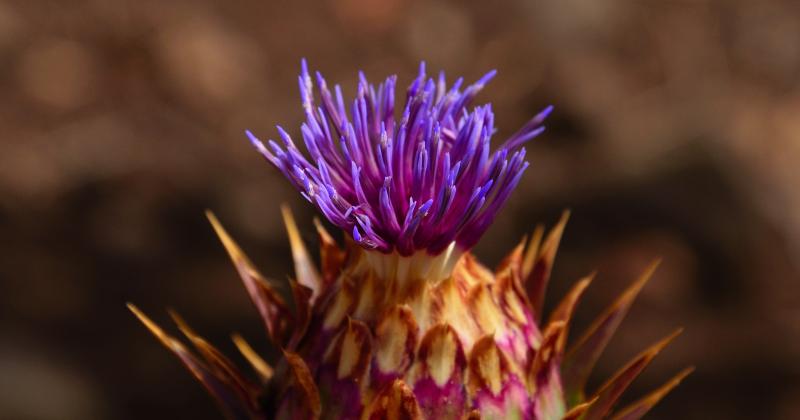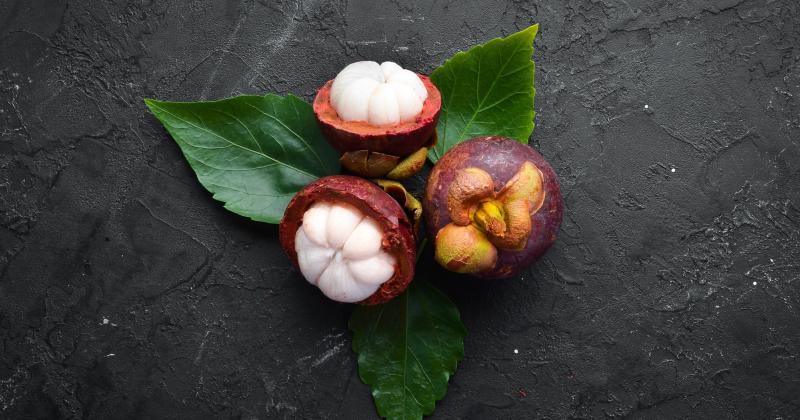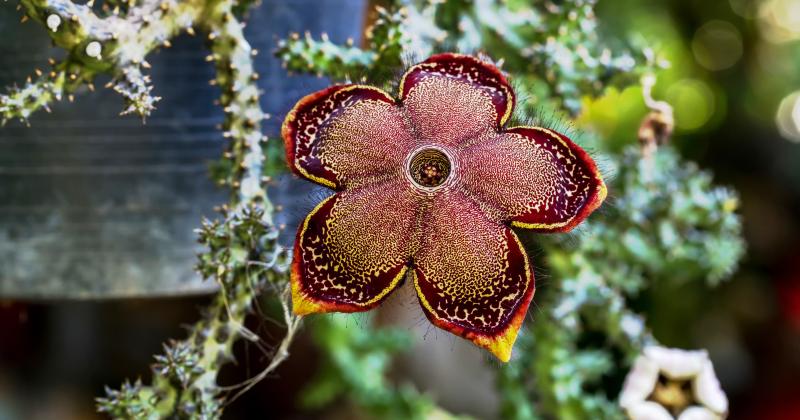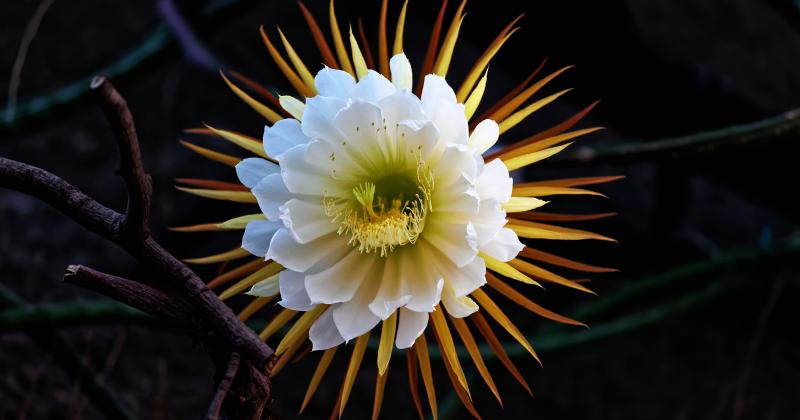ARTICHOKES: NATURE, HISTORY, AND NUTRITIONAL BENEFITS
 />
/>
Artichokes are rich in a variety of bioactive compounds and nutrients. Key components include dietary fiber, vitamins (such as vitamin C, vitamin K, folate, and niacin), and minerals like magnesium, phosphorus, potassium, and iron. They also contain cinarin and silymarin, both known for their antioxidant properties. read more ›
UNVEILING MANGOSTEEN: THE TROPICAL TREASURE
 />
/>
The mangosteen fruit is rich in various phytochemicals, including xanthones, flavonoids, and tannins. Xanthones, in particular, are notable for their antioxidant properties and are predominantly found in the fruit's rind. The fruit is also a source of essential nutrients, such as vitamin C, dietary fiber, and minerals like potassium and magnesium. read more ›
MAGNOLIA: BEAUTY AND BENEFITS
 />
/>
Magnolia Virginiana holds a significant place in history, especially among Native American tribes who used it for various purposes, including as a medicinal plant. European settlers quickly adopted it, using the magnolia bark in traditional remedies. read more ›
CARALLUMA: A COMPREHENSIVE OVERVIEW
 />
/>
Caralluma Adscendens belongs to the family Apocynaceae. This plant primarily thrives in parts of the Arabian Peninsula, India, and Africa. As a succulent, it is uniquely adapted to arid conditions, characterized by its fleshy stems and leaves, which allow it to retain water effectively. read more ›
NIGHT BLOOMING CEREUS: THE MARVEL OF MOONLIT BLOOMS
 />
/>
Night Blooming Cereus, scientifically known as Cereus grandifloras, has captivated the hearts and souls of nature enthusiasts for centuries. With its ephemeral nocturnal blossoms and intriguing chemical makeup, this unique plant not only paints a spectacular visual display but also offers numerous health benefits. read more ›
Showing 1 to 5 of 5 (1 Pages)
